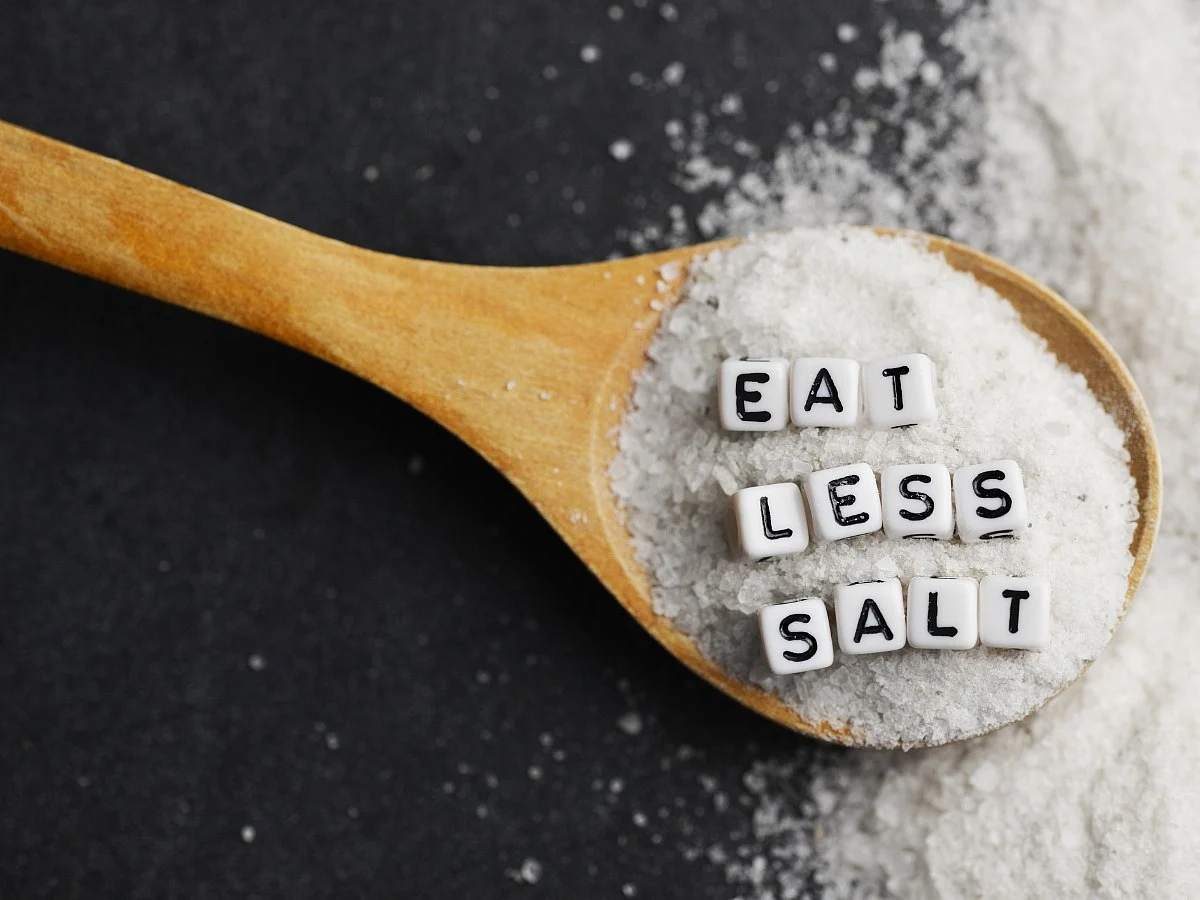How To Reduce Salt Intake & Sodium Levels In the Body Naturally?
Excess salt intake can cause serious health complications. Know tips to cut down on salt naturally

advertisement
People think that eating too much sodium is not good for our health, and that it is something to be more concerned about when we get older. Instead, eating too much salt during childhood increases blood pressure which tracks into adulthood and later life, and further increases the risk of heart disease and stroke. Cutting down on sodium helps to lower the blood pressure and keep your heart healthy. Diets that are high in sodium tend to increase the blood pressure levels. And the high blood pressure further damages the kidneys over time, and become the cause of kidney failure.
Salt is a rich source of sodium which the body needs to function normally. The problem is that too much sodium raises blood pressure, and high blood pressure is a risk factor for heart disease and stroke.
The more you cut down on foods high in sodium and focus on eating more foods higher in potassium and magnesium, coupled with calcium-rich dairy products or dark leafy greens, the better your heart health will be. Here are a few tips to cut down that extra sodium intake from your day to day life.
How Can I Reduce the Amount Of Salt I Eat?
1. Instead of packaged meats switch to the freshly cut meats. Fresh cuts of beef, chicken or pork contain natural sodium, even though the the sodium content is much less than the hidden extra sodium which is added during processing in products like bacon or ham. A food item that keeps a little too well in the fridge for like days or weeks, that is a tip off that the sodium content is too high.
2. Fresh fruit and vegetables being very low in sodium prove to be the best food option for those who are willing to cut down on their daily sodium consumption. For more options they can also try canned and frozen fruits since they are also low in sodium.
3. To check the amount of sodium content in food products you can use the Nutrition label to compare the different options. While buying you need to look for the foods which are labeled “low sodium” or “no salt added”.
4. To further cut down on your sodium intake you can try to replace the salt with other flavorings by using fresh or dried herbs, spices, and zest and juice from citrus fruit to make your meals more tasty.
5. If you are dining at a restaurant make sure to ask them for your dish to be made without salt or less salt and later you can add freshly ground black pepper or squeeze some fresh lemon to boost the flavor.
6. Avoid pickled, brined, barbecued, cured, smoked foods and the ones which contain broth, au jus, soy sauce, miso or teriyaki sauce since they are very high in sodium. Instead you can order foods that are steamed, baked, grilled, poached or roasted as their sodium content is comparatively very low.
7. You can not completely eliminate your favorite high-sodium foods or the traditionally cooked cultural cuisines like the soy sauce, salted pickles and fish, or even the salty cheese and olives. So instead of completely avoiding the consumption of salty foods you can instead, enjoy it best in smaller amounts.
(At The Quint, we question everything. Play an active role in shaping our journalism by becoming a member today.)